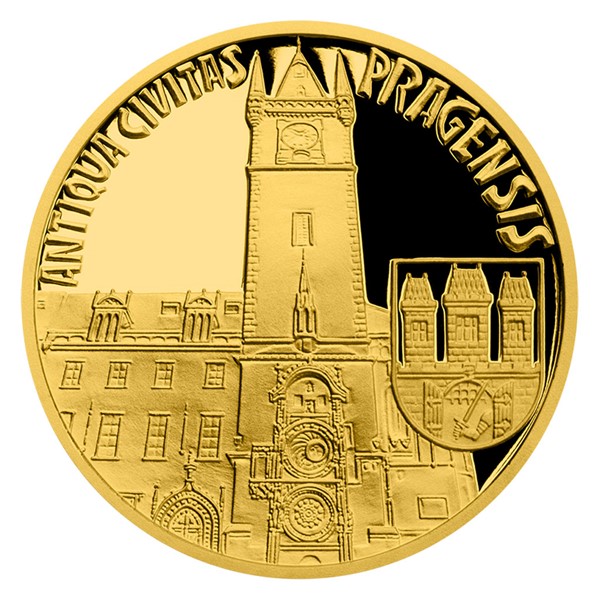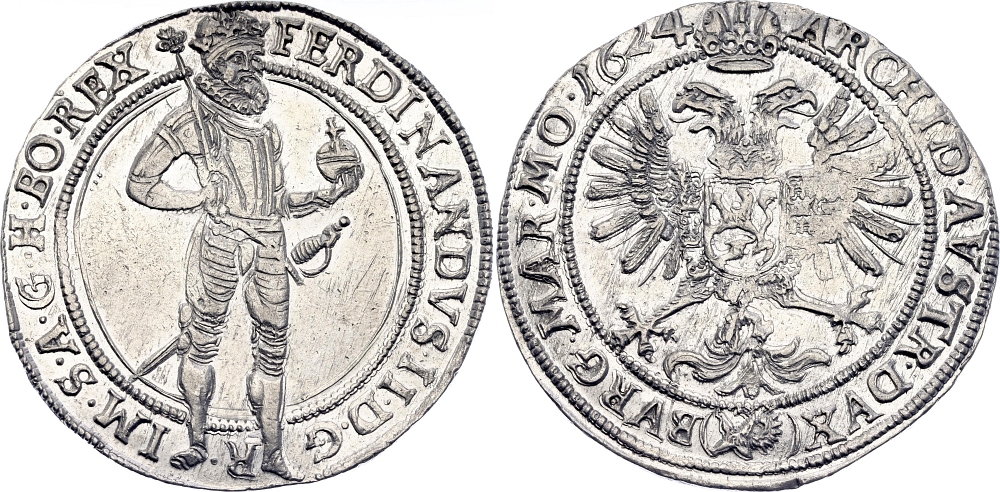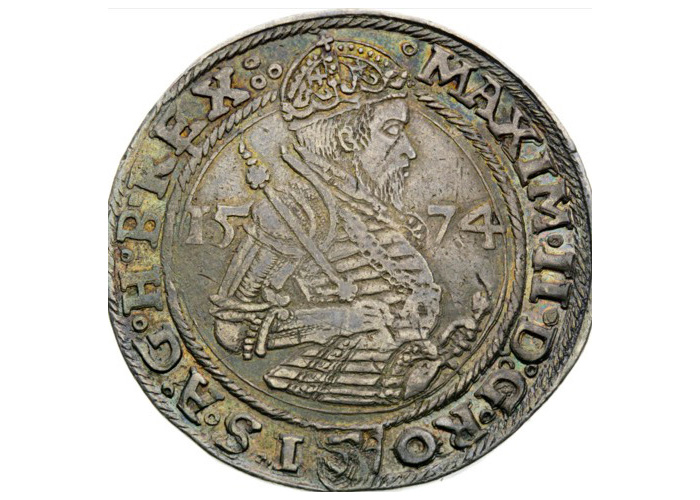Best Reasons To Cnc Machining Czechoslovakia Coins
Wiki Article
What Is The Reason A Gold Coin Or Medal 3d Modeled From A Plaster Cast?
Scanning a model made of plaster to create a digital 3D model for gold coins and medals requires specially designed equipment to record the physical maquette's features and dimensions in a digital format. The digital replica serves a variety of purposes during the production process.
3D Scanning Technique - High resolution 3D scanners can be used to record dimensions and specifics on the plaster models. They employ a variety of methods to record exact measurements.
The scanner will emit beams of lasers or light to the model's surface. The scanner records the surface data of the model by recording the reflections, distortions, and other effects caused by the beams.
Data Collection - As the scanner passes over the model, it collects an enormous amount of data, resulting in an image of the model's geometry, contours, and other details.
Conversion into 3D Model- The collected data points are processed by specialized software, which reconstructs the data into a 3D digital model. This model replicates the physical characteristics and dimensions of the maquette of plaster.
The Reasons to Create an Digital 3D Model
Digital 3D models allow for precise reproduction of the physical model's dimensions and details. This is essential in ensuring that the final gold coins or medals are in line with the appearance.
Digital models may be modified or refined easily. Designers are able to modify the design without altering the plaster maquette.
Compatibility with manufacturing Processes: Digital 3D models can be used with various manufacturing methods, such as CNC machining and 3D printing. This allows rapid creation of molds and dies.
Documentation and Archiving Digital 3D models are an archived document of the design. Digital models are saved for future use, reproductions or documentation from the past.
Designers and producers can make use of advanced manufacturing techniques to produce gold medals and coins that are accurate and faithful to the original design by scanning the plaster models and generating digital 3D models. Have a look at the top rated Scanning and 3D Modeling Prague Mint gold medals site advice. including 1 10 oz gold coin, gold eagle coin price, gold bullion price, 1999 gold quarter, hidilyn diaz, 1979 gold dollar, gold dollar coin 2000, 24k gold coins prices, twenty dollar gold coin, gold and silver shops near me and more.

What Is The Reason Why Dies Used To Strike Gold Coins And Medals Undergo Processes Of Hardening By Vacuum?
The vacuum hardening method is used in the production of gold coins or medals. It involves heating dies to high temperatures, then exposed to controlled conditions in the vacuum. This article will provide an overview of the procedure of vacuum hardening for dies.
When preparing dies to be used in striking coins or other medals, it is essential that they are free of any residues or contaminants.
Loading into Vacuum Furnace
The dies can be placed in a vacuum oven which creates a vacuum in the heat-treatment area.
Evacuation of Aircraft
The vacuum furnace eliminates air from the chamber, creating an environment of controlled vacuum that is free of oxygen and other gases. This is done to avoid burning and also to guarantee uniform heat treatments.
Heating Phase
The furnace is heated to the desired temperature required for hardening the dies. The temperature range depends on the specific material and processes for hardening.
Soaking at high temperatures-
The dies must be held at a highest temperature for a specified duration to allow the material to reach the desired hardness.
Cooling or Quenching
Following the soaking process, the dies are rapidly cool or quenched with specialized methods. This fast cooling process helps to lock the desired hardness in the material.
Tempering (Optional).
In a few cases the tempering process occurs following the hardening phase. To increase durability and ease the internal strain, dies may be heated to a lower temperature.
Quality Control and Inspection
Die dies are subjected to rigorous quality checks and inspections to ensure that they meet the required toughness, hardness and dimensional tolerances.
Post-Treatment Handling-
The dies, after the vacuum-hardening process is complete, could be further processed like polishing and coating before they are used in coin striking or medal striking processes.
The process of vacuum hardening increases the durability of dies, wear resistance, as well as the lifespan of dies used to strike silver or gold coins and medals. This process, which creates an environment that is free of airborne contaminants, guarantees that dies are consistently hardened and reliably, contributing to both the quality and the durability of the products. View the most popular vacuum hardening Prague Mint gold coins website examples including congressional gold medal, silver nickel, purchasing gold bars, guardian angel coin, gold silver dealers, gold bullion for sale, online silver buying, buy gold silver, 2000 olympic, gold american eagle price and more.

How Are High-Quality Gold Bars Weighed, Sized And Prepared For Mint?
The preparation of gold blanks is meticulously done to make sure that the gold coins or medals created are uniform and accurate. This is the way and how the process of preparation operates. Gold Material Selection: Only high-purity gold is used to make blanks. Gold is typically refined to be in compliance with purity standards for coinage.
Gold Blank Production Gold Blank Production - The gold material is cut into blanks by the process of blanking. Blanking involves cutting coins-sized discs or planchets, from the gold.
Precision Weighing & Measuring
Weighing. Every blank has to be individually weighed in order to satisfy weight specifications for the medal or coin. This ensures that each coin or medal contains exactly the quantity of gold needed to meet the intended value.
Measurements- Each blank is inspected to determine if it is in compliance with the design specifications and has a uniformity.
Inspection and Quality Control
Visual Inspection - Every blank is visually examined to identify imperfections in the surface, or any irregularities that may influence the quality of the final product.
Rejecting Nonconforming Sheets – To ensure consistency sheets that do not meet the required standards for weight, dimensions or quality are rejected.
The Motives for Preparing
Consistency throughout the Minting Process Accurately measured and weighted blanks will guarantee uniformity. Consistency is key to achieving uniformity during the process of striking and results in coins or medals with the same high-quality.
A precise gold contentThe exact weight of each blank ensures that the final medal or coin contains the desired amount of pure and precise gold.
Uniform Blanks Help Prevent Variations Uniform blanks keep from weight or size variations that may affect the value, legality, and usability of a coin or medal that is in circulation or commerce.
Quality Assurance – Strict quality controls during blank preparation ensure that only blanks that are of the highest quality and without defects are used in the process of minting. This minimizes the risk of flaws being present in the final product.
Legal Compliance. When it comes to coins intended for circulation or even for commemorative use it is crucial to comply with the requirements. This ensures that they meet all legal requirements as well standards established by regulatory bodies and mints.
The accuracy and precision in the preparation of gold blanks that are high-quality are vital elements of the minting process, ensuring the production of precise, high-value, and legally acceptable gold medals or coins. Read the top gold blanks for Prague Mint gold medals website recommendations including gold coins, sd bullion gold, gold coin with angel on both sides, five dollar gold coin, american buffalo coin, 1 oz gold buffalo coin, 1 oz silver price, gold 1 dollar coin, 20 dollar gold coin, buy gold pieces and more.

Why Do Certain Gold Coins And Medals Have An Aged Or Antique Look?
Gold coins and medals can undergo processes to produce an antique or aged appearance for various reasons, including aesthetic preferences, historical significance, or even collector demand. What exactly is done?
Chemical Patination. The coin or medal is sprayed with acid or a solution that creates patina. These solutions produce a controlled oxidation, or tone, that gives the coin or medal an aged or antique look. This process enhances particulars and adds depth to the design.
Artificial Aging- Mechanical and chemical methods are employed to mimic the natural tarnishing which occurs when the medal or coin age. Tools or treatments that are abrasive can be used to make scratches, scuffs or worn areas, giving the coin or medal an aged look.
Toning and Staining: Specialized solutions, or heat treatments, are utilized to color or stain the surface. This results in a wide range of hues or shades. This can be used to simulate the natural discoloration or toning of skin that occurs with time.
Buffing and Polishing Techniques- Selective buffing or polishing are applied to certain areas to remove the surface layer or highlights, thereby creating contrast and a look of aging or wear.
Why you should create an antique appearance
The visual appeal of some coins. collectors and enthusiasts prefer coins with a vintage appearance. The vintage style adds character and depth to the overall design.
Historical or commemorative meaning- Coins, medals, or other commemorative items that pay tribute to historic events or moments can be aged to give them authenticity that is historical. They can be also aged to mimic coins from certain times.
Antique coins or medals are frequently sought-after by collectors looking for rare pieces or limited editions. Their aged appearance can increase the value of collectibles.
Highlighting design details- The aging process can reveal the intricate design details by creating contrast between raised and recessed area which makes design elements more visible.
Artistic Expression- Minting experts or artists can utilize aging techniques to create an artistic expression by adding depth, narrative, or symbolism to the style.
Creating an antique appearance on the gold of medals or coins is an intentional choice in the art of design that may evoke memories or add interest to the visual or convey a sense of the past. It is important to find a balance between the aesthetics and the intrinsic value of the coin. Take a look at the recommended antique finish of Prague Mint gold coins blog examples. including gold and silver buyers near me, coin 1, gold buffalo, ngc grading, chinese gold coins, krugerrand coin, gold medal gymnasts, 1 oz silver price, apmex gold coins, gold price jm bullion and more.
